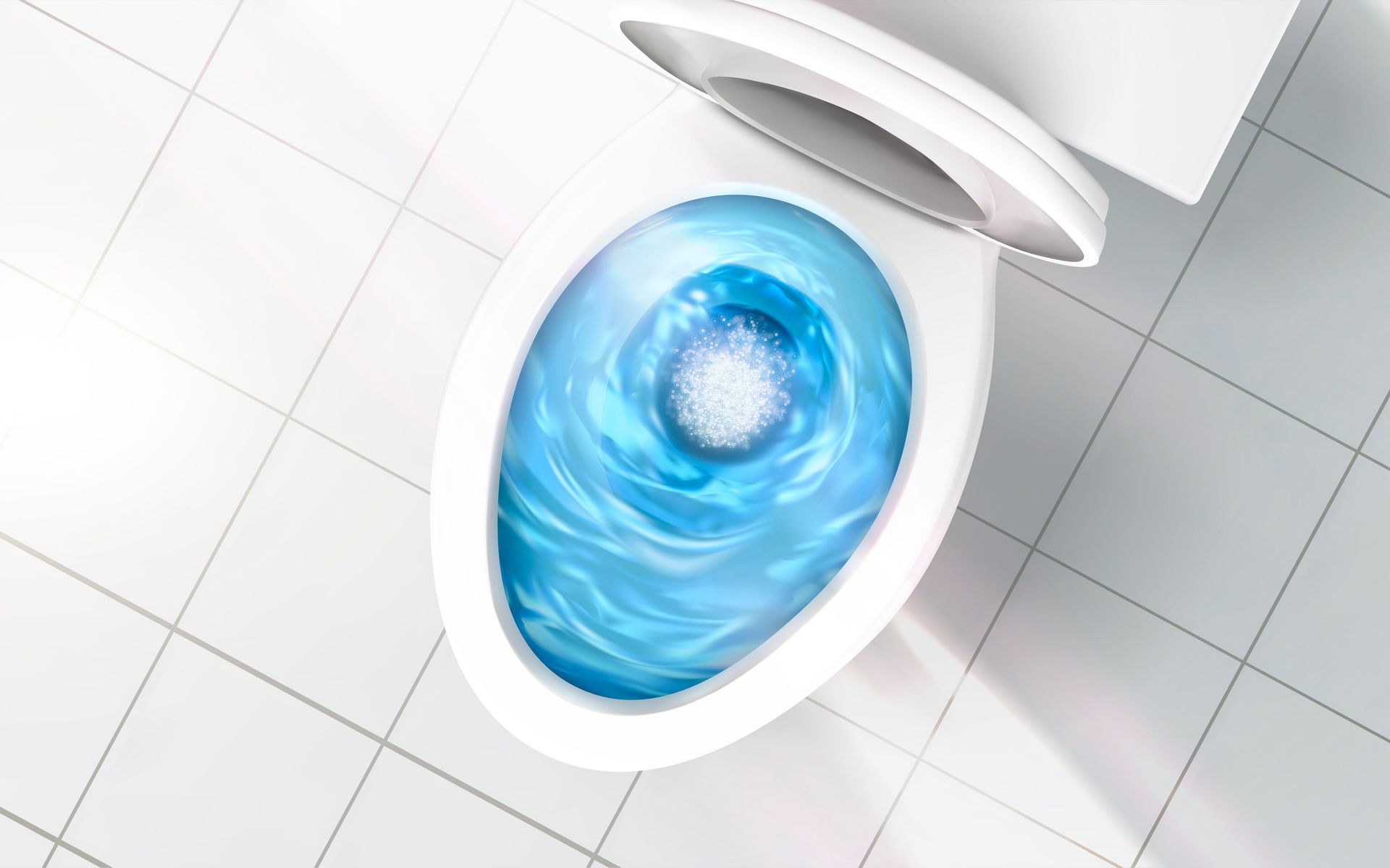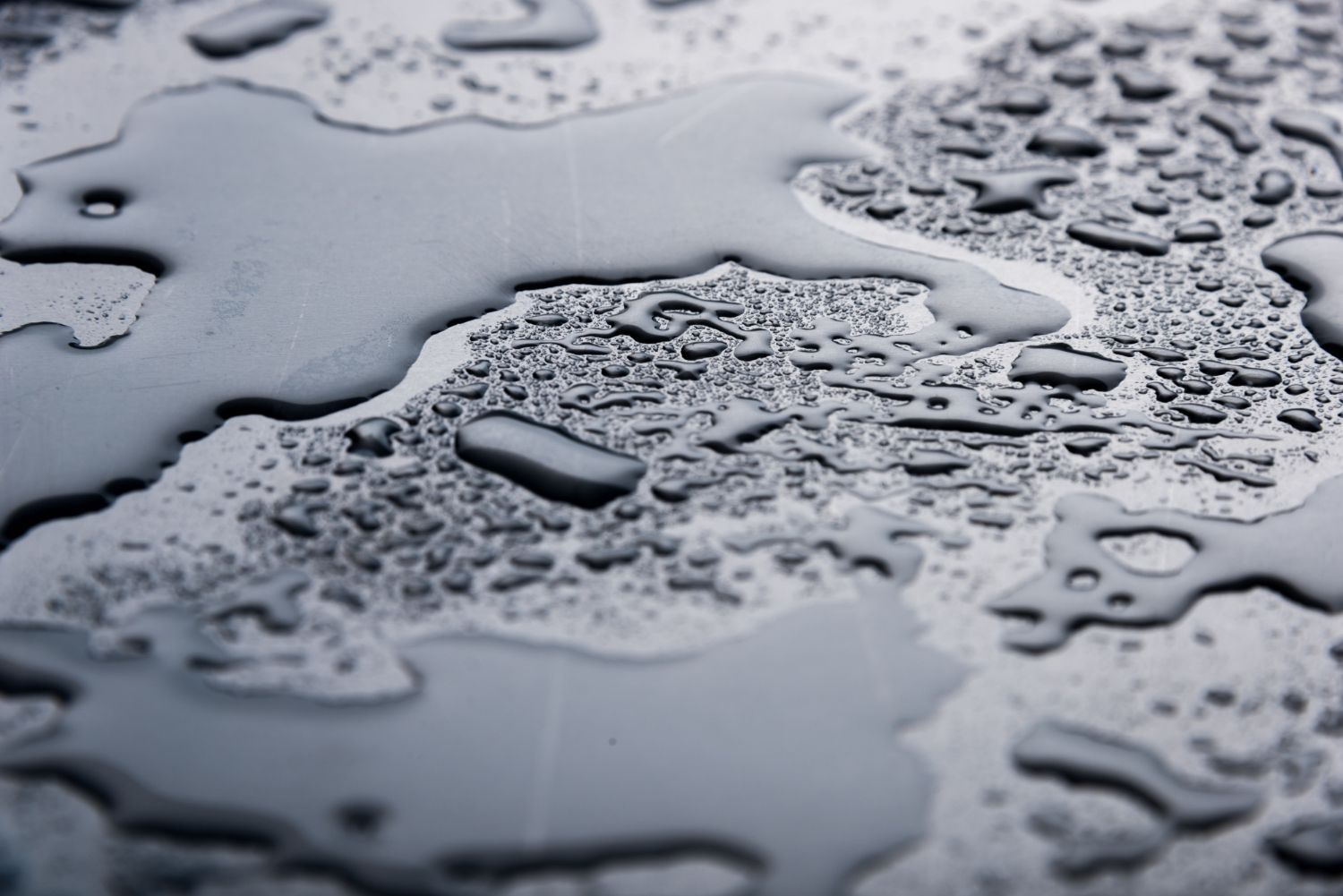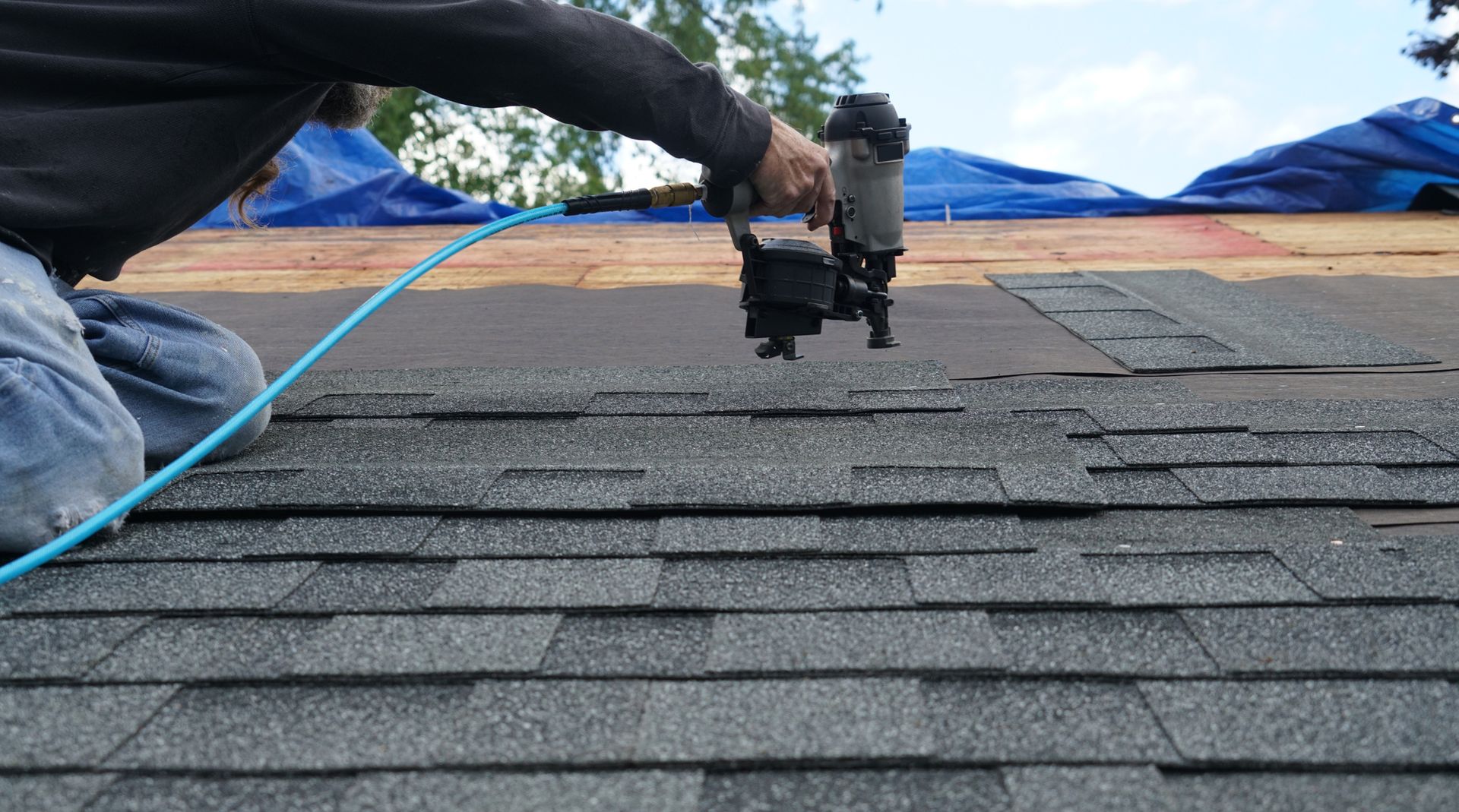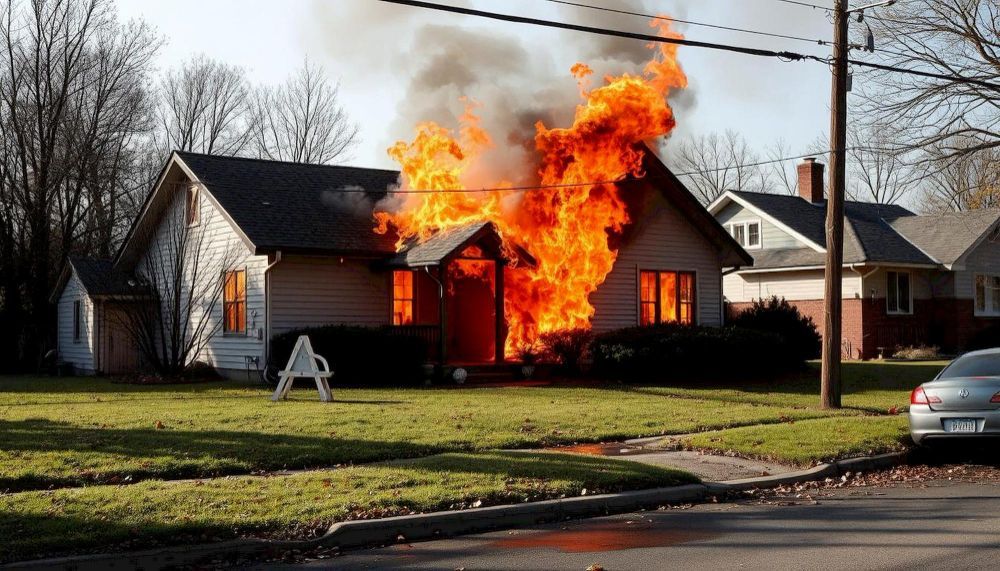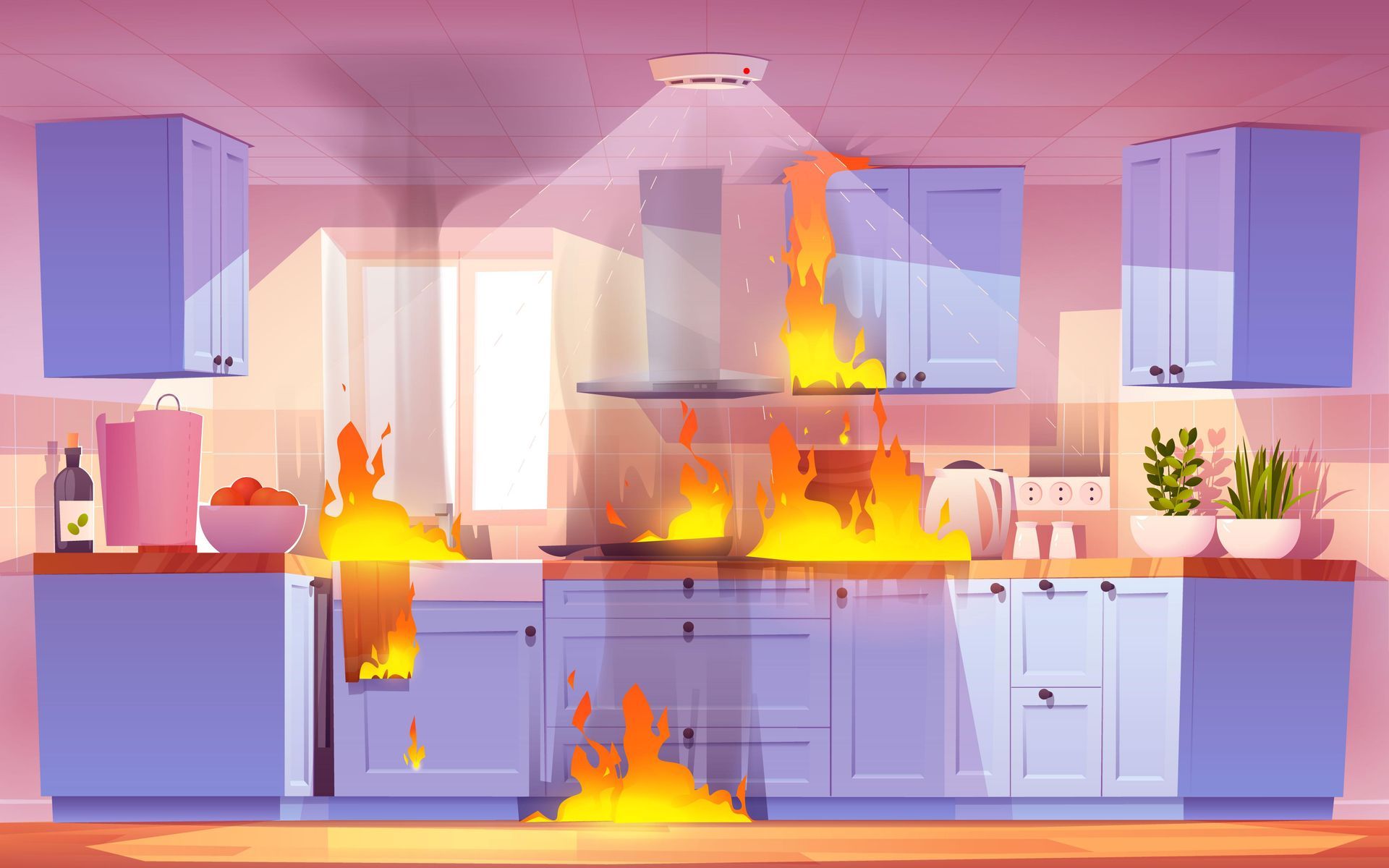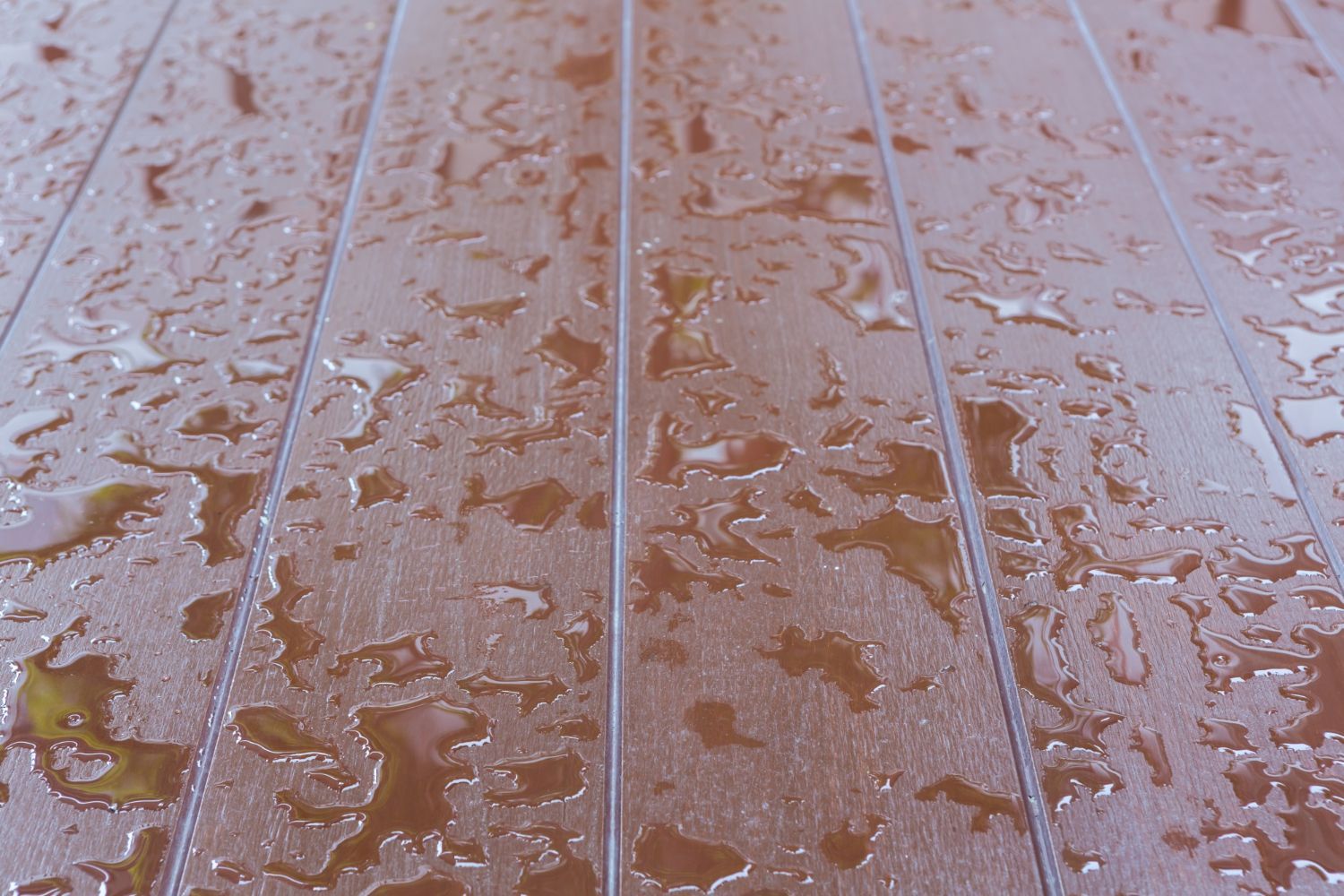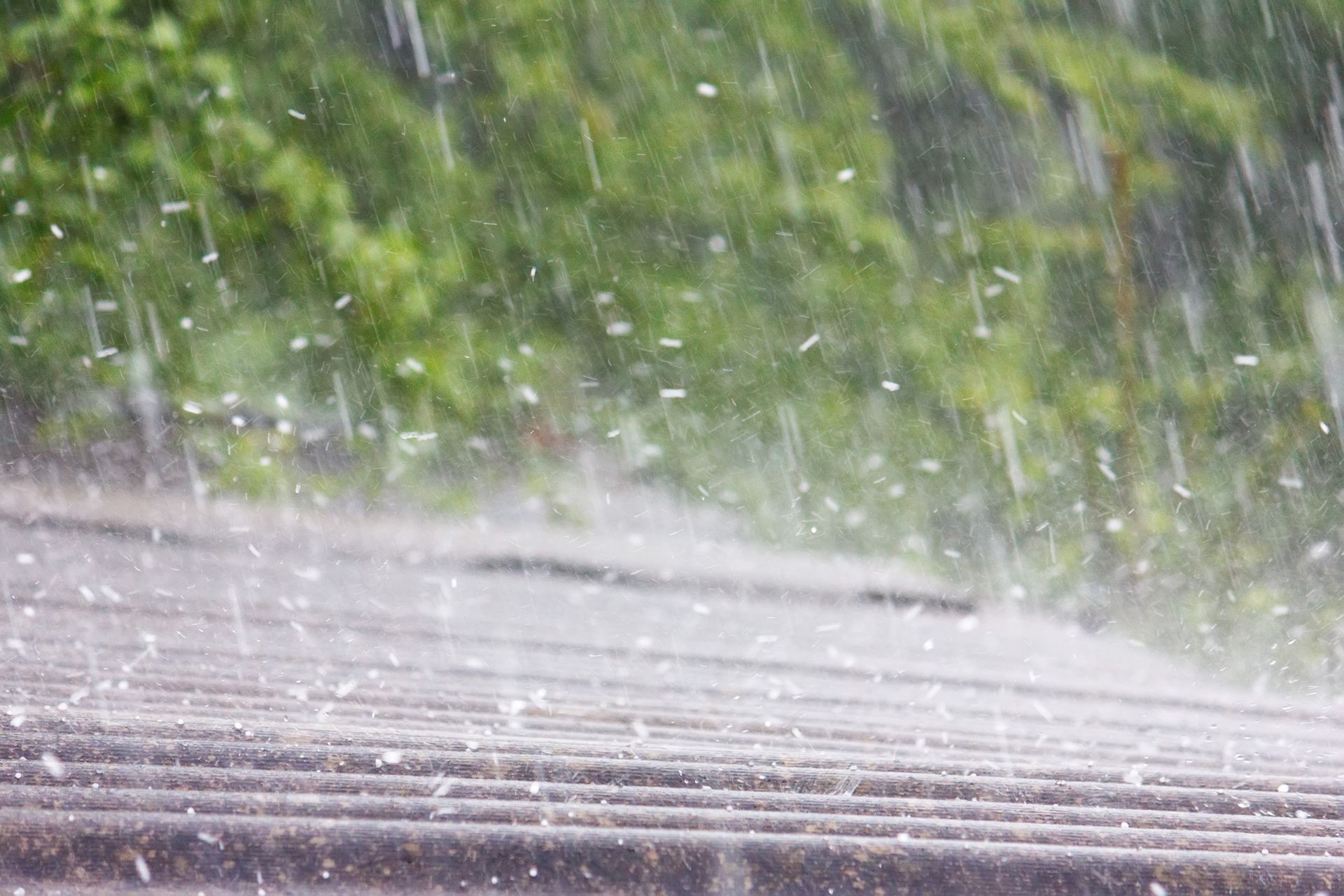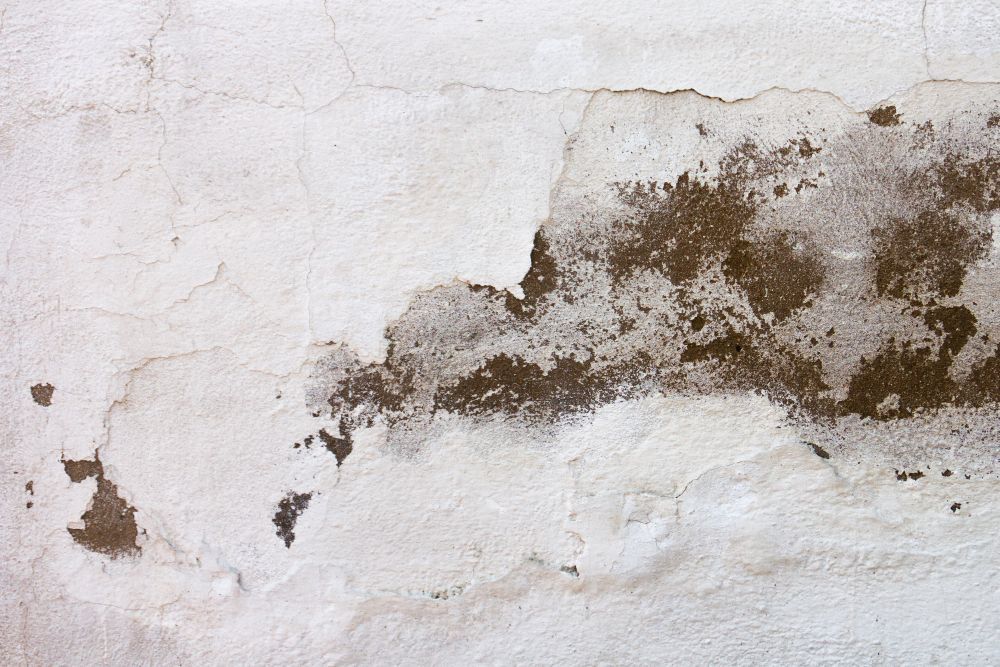Mold in Drywall: Causes, Consequences, and Effective Solutions
Mold in Drywall: Causes, Consequences, and Effective Solutions
-Naples, FL
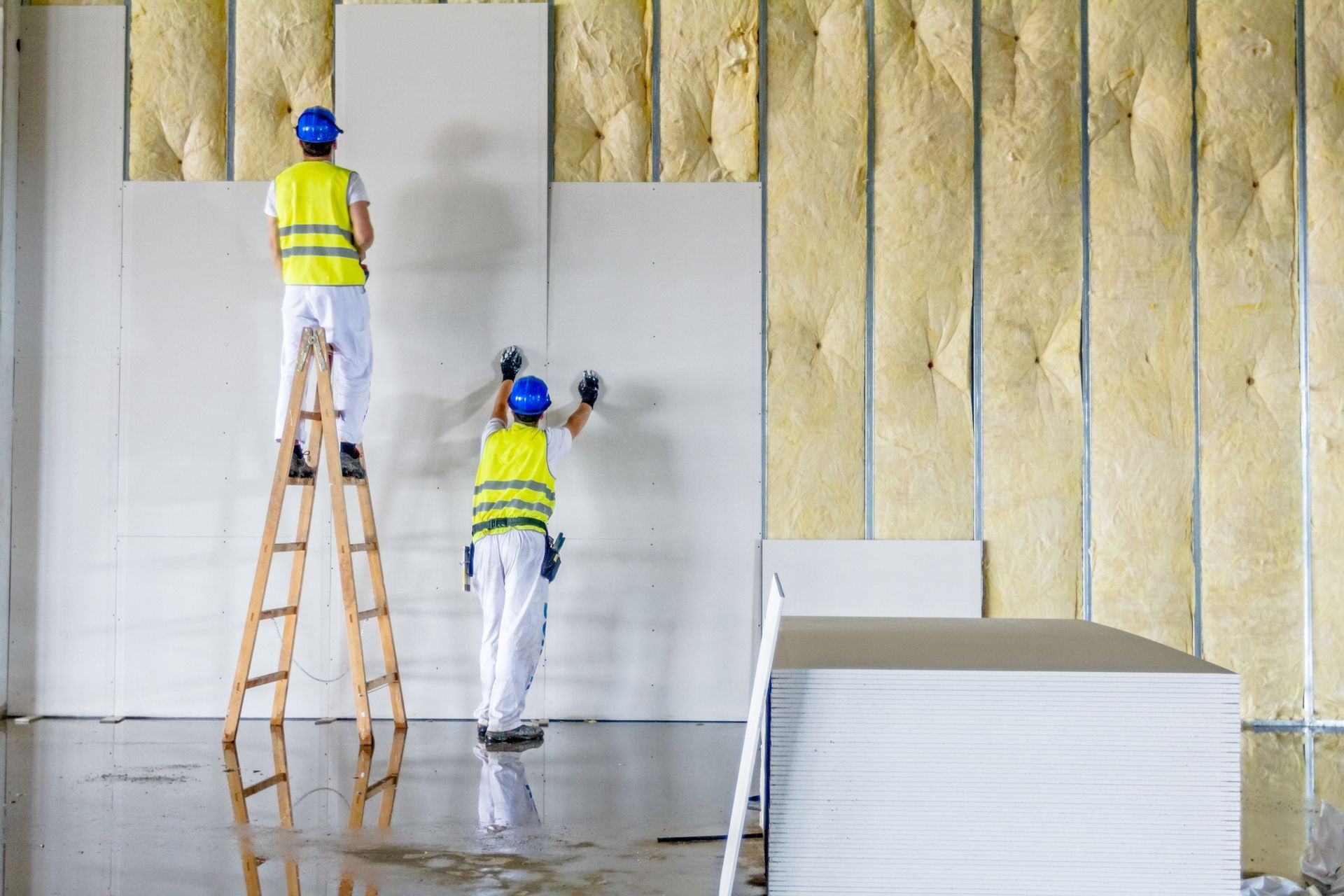
Mold is a common problem in many homes, and it can be particularly problematic when it is found in drywall. Drywall, also known as plasterboard or gypsum board, is a common building material used in walls and ceilings. It is made of a core of gypsum surrounded by layers of paper, making it a porous material that can easily absorb moisture. This makes it a prime location for mold growth, especially in areas with high humidity levels.
Mold growth in drywall can have serious consequences for both your health and your home. Exposure to mold can cause a range of health problems, including allergies, respiratory problems, and even infections. In addition, mold can weaken the structural integrity of your walls and ceilings, causing damage that may require costly repairs.
The first step in dealing with mold in drywall is to identify the problem. Mold growth can often be identified by a musty smell or by visible signs of mold on the surface of the drywall. If you suspect that you have mold in your drywall, it is important to address the problem as soon as possible.
One of the most effective ways to address mold in drywall is to remove and replace the affected area. This typically involves cutting out the moldy section of drywall and replacing it with new, mold-resistant drywall. It is important to take precautions when removing moldy drywall, as mold spores can become airborne and spread throughout your home. Wearing protective gear such as a mask and gloves, and properly sealing off the affected area can help minimize the spread of mold.
Prevention is key when it comes to mold in drywall. Keeping your home well-ventilated and dry can help prevent mold growth. This may involve using dehumidifiers or fans in areas with high humidity, and repairing any leaks or water damage as soon as possible.
In addition, choosing mold-resistant drywall can help prevent mold growth in the first place. Mold-resistant drywall is treated with additives that inhibit the growth of mold and other fungi. While it may be slightly more expensive than traditional drywall, it can save you money in the long run by preventing costly mold remediation and repairs.
In conclusion, mold in drywall is a serious issue that requires prompt attention. Identifying and addressing the problem as soon as possible can help prevent health problems and structural damage. Taking preventative measures, such as keeping your home dry and using mold-resistant drywall, can help prevent mold growth in the first place. If you suspect that you have mold in your drywall, it is important to consult with Restoration 1 of Southwest Florida to determine the best course of action for your specific situation.
